Subtract two-digit numbers using MAB blocks with a printable subtraction worksheet.
Which Subtraction Strategy Should I Use? Try MAB Blocks!
How many different ways can you teach your students to subtract? There are many different strategies, and no single approach is the perfect fit for everyone. That’s why you introduce them to all of them and have them practise regularly to determine which strategy works best for them.
This worksheet focuses on a single strategy or method of subtracting, which is using MAB blocks as visual models to solve problems. Students will colour or mark out the subtracted blocks to determine the difference.
Subtraction Strategy Worksheet: Scaffolding & Extend
In addition to individual student work time, use this regrouping worksheet as a:
- Maths station activity
- Post-lesson exit ticket
- Homework assignment
- Whole-class review (via smartboard)
Have you got fast finishers? Students who need a challenge can generate their numbers using dice and then use MAB blocks to model and solve their 2-digit subtraction problems.
Students needing extra support can use MAB blocks to represent the numbers and solve the problems.
A Variety of Ways to Prepare This Resource
Because this resource includes an answer sheet, we recommend you print one copy of the entire file. Then, make photocopies of the blank worksheet for students to complete.
You can also turn this teaching resource into a sustainable activity! Print a few copies on cardstock and slip them into dry-erase sleeves. Students can record their answers with a dry-erase marker and then erase and reuse them.
Before You Download
Use the dropdown icon on the Download button to choose between the PDF or Google Slides version of this resource. An answer key is also included with this download.
This resource was created by Cassandra Friesen, a Teach Starter Collaborator.
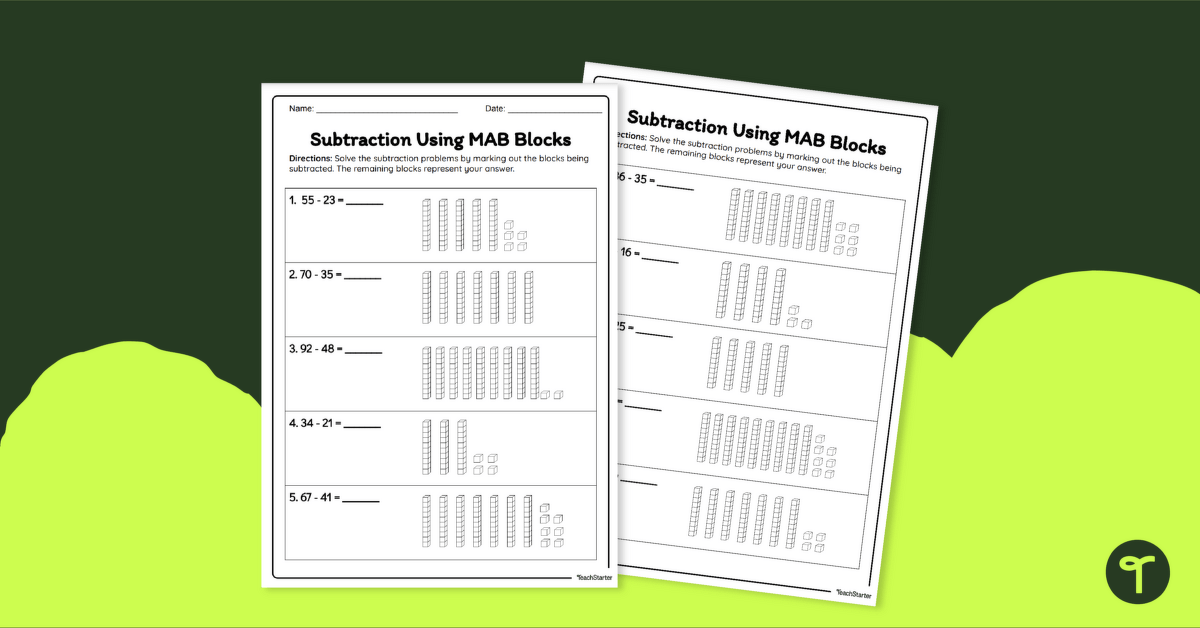


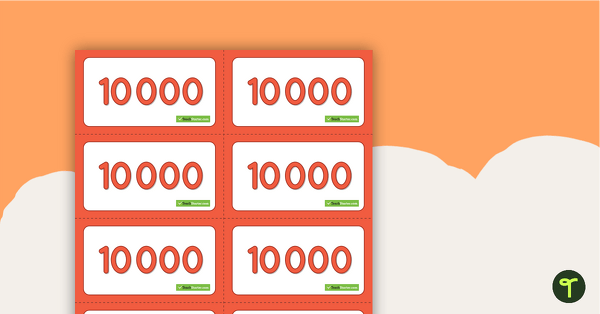

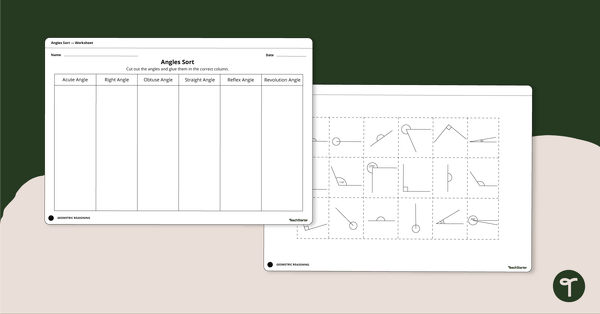
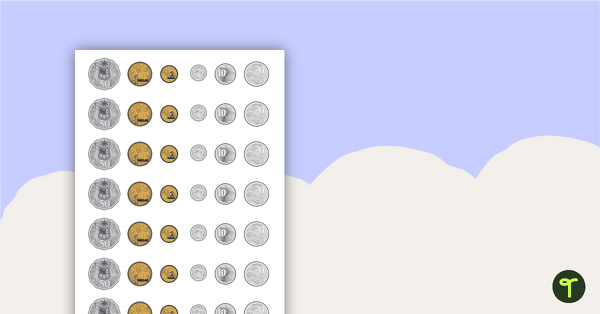

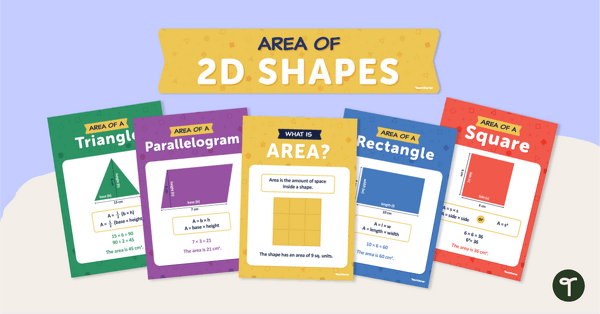

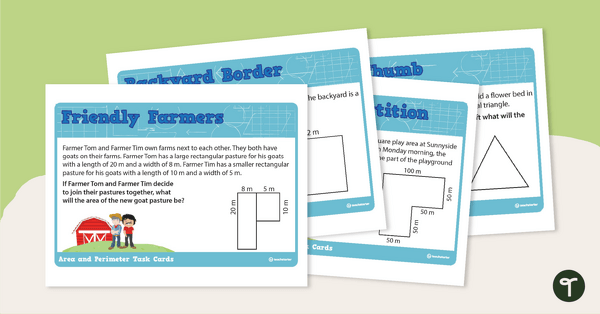

0 Comments
Write a review to help other teachers and parents like yourself. If you'd like to request a change to this resource, or report an error, select the corresponding tab above.